“Lothar has made the forests more stable”
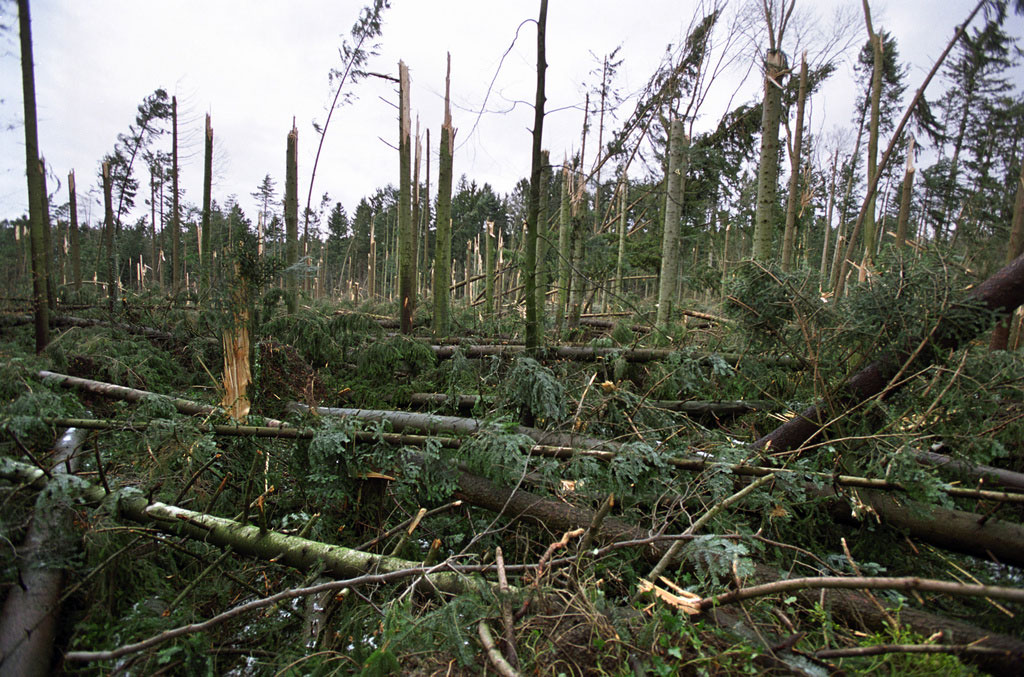
Hurricane Lothar swept across western and central Europe in 1999 with devastating results, but ten years on a Swiss forester says it also had positive effects.
Forester Jakob Zaugg told swissinfo.ch he still has vivid memories of the storm that took its toll of countless woods in Switzerland.
“Trees flew with their roots like arrows 80 metres into the air and then fell to the ground. I’d never seen anything like that before.”
Zaugg, who has been self-employed in the special woods business since 2001, was working after the hurricane as a fireman involved in clearing-up operations.
One particular picture sticks in the mind of the 53-year-old father of three children: a roof tile lying on the pillow of an empty cradle in a room open to the heavens.
The storms caused 14 deaths in Switzerland and another 15 people died in clearing-up operations. “It’s a wonder that there weren’t any more fatalities,” he said.
Devastating
Lothar, one of the most devastating storms of the past decade in Europe, vented its wrath on December 26, 1999 with wind speeds of up to 160kmh in the Swiss central plain.
It sent roofs and facades flying into the air as though they were scraps of paper, and uprooted and snapped the trunks of ten million trees.
Lothar caused damage to property of around SFr600 million ($574.2 million), while damage to forests was estimated at SFr750 million.
Ten years after the catastrophe spaces in the forests caused by Lothar are anything but bare, as Zaugg pointed out during a walk in a forest around the town of Spiez in the Bernese Oberland.
When you pass a row of 100-year-old pines and beech trees that stand like storm-tested sentinels at the edge of the forest, you come to a coppice of young willows, pines, spruces, beeches, birches and oak trees. In between them are tree stumps on which the green of moss is clearly visible.
“New chance”
“As a result of Lothar, trees that need light have a new chance. The storm gave the forest the opportunity to become more stable again,” Zaugg said. The thick undergrowth serves as a hiding place for animals and it provides a real feast for deer.
Lothar marks a kind of turning point in forestry policy. Although the Federal Environment Office was pleading for a more mixed forest even before Lothar, most forest owners plumped almost exclusively for spruces. The reason was money: spruces grow quickly and produce a high amount of quality wood.
Lothar meant that the government’s mixed forest policy could be accepted within hours. “Lothar encouraged more open thinking and willingness of forest cultivators to cooperate with each other,” Zaugg said.
With the massive decline in timber prices after the storm and the labour-intensive harvesting, many operations joined forces, and more technology was introduced into the industry.
Today there are fewer forest operations but there are many private forest enterprises which cut the wood down using machines. Since they have to be profitable, the question arises whether they abide by all the rules and regulations.
Grey area
“It’s a grey area,” Zaugg said diplomatically. The black sheep among the forest enterprises were known, he added.
Until the first Federal Forest Law of 1876 Swiss forests were more or less plundered because wood was a source of income but since the 1960s and 1970s forest management has no longer covered costs.
One of the reasons is that Swiss reserves of wood are among the highest in Europe and, according to Zaugg, have to be reduced because the forests have become too old.
The financial support of the government has changed dramatically over the past decades after there were scares of dying forests and the threat of bark beetle in the 1980s.
The government has now put aspects of nature protection to the fore. After Lothar it decided on three priorities: damaged forests that had been used as a protective barrier, forests with a valuable tree population and developed forests.
Political battle
“This decision unleashed a political battle and big discussions among foresters,” Zaugg said.
One of the problems is that there are conflicting interests at play: nature protection, the forest industry and the forest as a recreational area.
While forests in the Alps are taking up more and more space, they are under threat in the lower levels of the country. “The pressure there is also from the increasing need for building land,” Zaugg explained.
“It is important that the structure of the forest as a cultivated landscape, recreation area and as protection remains intact,” he added.
As he points out, the forest is the ideal place to see Mother Nature and her seasons.
“The colours, flowers and the twittering of birds in the spring, the peace and tranquility in the summer, the rustle of leaves under your feet in autumn and then the felling in winter of the trees that have been tended throughout the year.”
Corinne Buchser, swissinfo.ch (Adapted from German by Robert Brookes)
Meteorologists only knew the real extent of Lothar a few hours before it hit Switzerland.
As a result of Lothar and flooding in 2005, the Federal Environment Office brought its storm damage handbook up to date. In addition a national taskforce was put in place to make preparations for such events better in the future.
The government is also pushing a project called Owarna. The Federal Environment Office, MeteoSwiss (Federal Meterology and Climatology Office) and the national alarm centre want to improve warnings about potential natural catastrophes.
After Lothar in 1999, a lot of timber came on the market which resulted in prices tumbling. Some wood lost a third of its value overnight.
Prices only recovered from 2005.
The government and cantons gave financial support for stable mixed forests. In addition they want to place 10% of Swiss forests under protection.
Switzerland’s wood industry is not so enthusiastic. It argues that more wood could be used for construction purposes and not lie idle in forest reserves.

In compliance with the JTI standards
More: SWI swissinfo.ch certified by the Journalism Trust Initiative
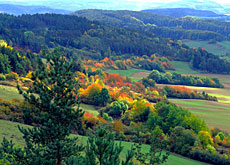
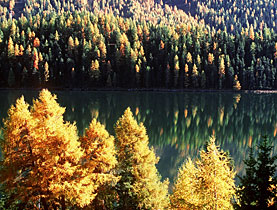
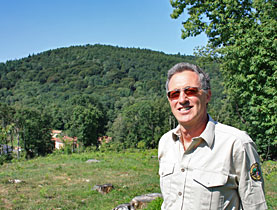
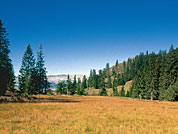
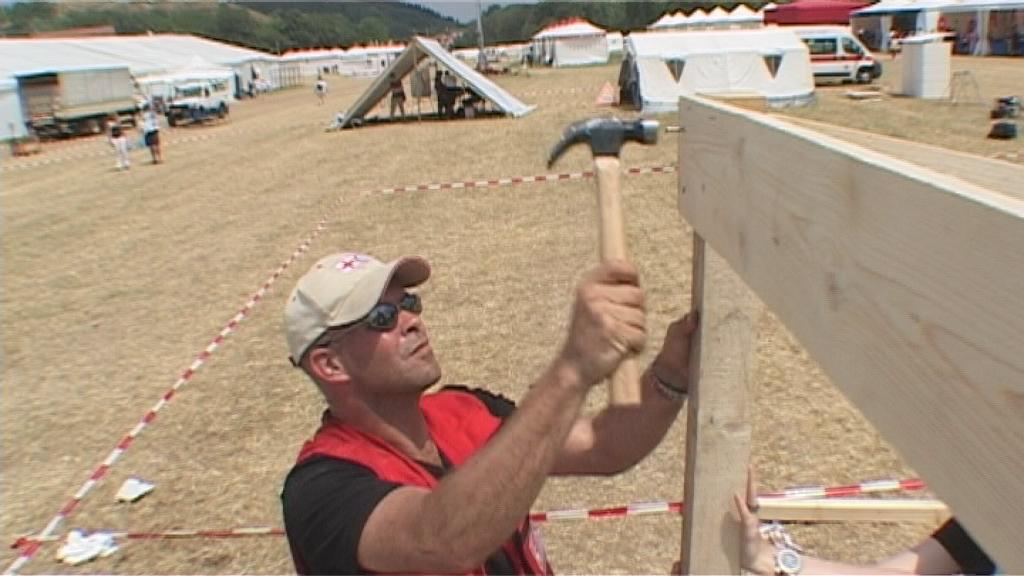
You can find an overview of ongoing debates with our journalists here. Please join us!
If you want to start a conversation about a topic raised in this article or want to report factual errors, email us at english@swissinfo.ch.